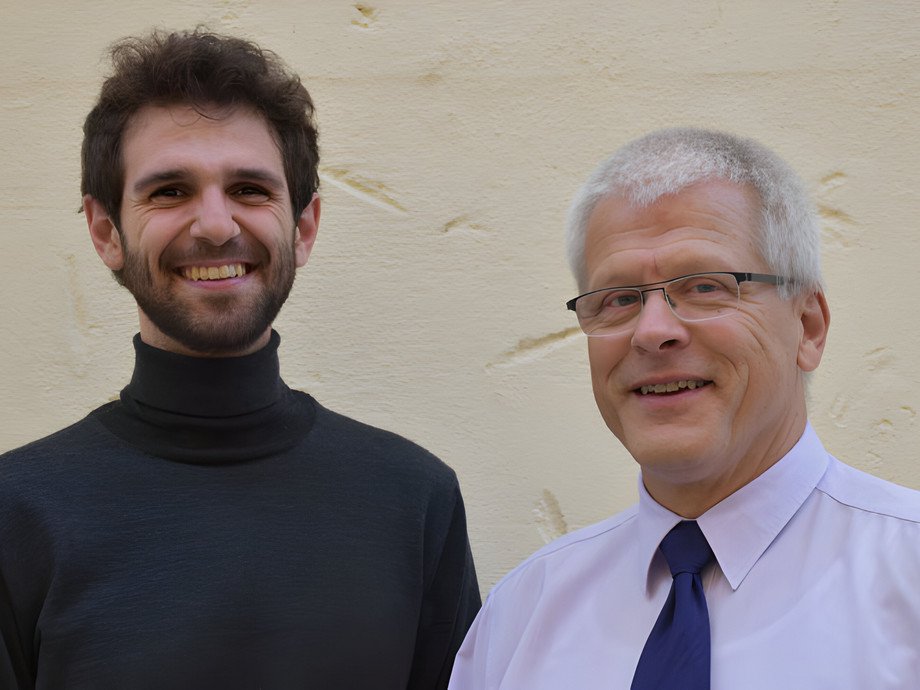
How is democracy depicted in the media, and what mental images are conjured up when we think about democracy and democratic rule? These questions are being tackled by a research project undertaken by the professor of Methods of Empirical Social Research at the University of Passau. This project titled ‘Visualising Democracy - ViDe(m)o' received €234,000 in funding from the Bavarian research association ForDemocracy.
‘A picture is worth a thousand words' - previous findings from social research have shown that this old adage has its merits when it comes to our perceptions of power, politics and rule. ‘Images have strong powers of persuasion. They appear authentic to us, and so without really thinking about it, we assume that what we are seeing really exists', project leader Professor Horst-Alfred Heinrich tells us. ‘Visual information, therefore, enables realities to be sculpted and even manipulated. We can see from the example of fake news as to how receptive we are to images, and how much of an effect imagery has on public discourse. In an era of increasing populism, the question of how politics is publicly presented is more relevant than ever before.'
The Passau project team is examining democracy-related images that are conveyed in a targeted fashion via leading media (top-down perspective) as well as images that are already in people's minds and are expressed in everyday language (bottom-up perspective). ‘ViDe(m)o' is, therefore, bridging a key gap in the research landscape: ‘imagery analysis has not thus far been particularly prominent in political science and in empirical democracy research in particular, which no doubt is also to do with the fact that analysing image material and image perception is a very challenging process because there is so much scope for interpretation', Heinrich explains.
One subject of this research work is the cover images used on three of Germany's leading political magazines (DER SPIEGEL, stern, FOCUS). This comprehensive analysis is supplemented by a representative poll of the Bavarian population, wherein the respondents are asked to grab a pencil and put their images of democracy down on paper.
‘Once these two project phases are complete, we plan to compare the media images with the drawn images and examine the similarities and differences', says project team member Lorenz Klumpp. ‘Our long-term goal is to develop a theory that can explain the meaning behind the correlations and deviations between media-supplied images and the images that the electorate carry around with them, and what the implications of this might be.'
The Bavarian State Ministry of Science and the Arts is funding the project under Bavaria's ‘ForDemocracy' research association. This project titled ‘Visualising Democracy - ViDe(m)o' received €234,000 in funding from the Bavarian research association ForDemocracy.
Picture: Professor Horst-Alfred Heinrich (right) and project team member Lorenz Klumpp; photo: Christl Metzenrath,ForDemocracy research association.
| Principal Investigator(s) at the University | Prof. Dr. Horst-Alfred Heinrich (Lehrprofessur für Methoden der empirischen Sozialforschung) |
|---|---|
| Project period | 01.07.2018 - 30.06.2022 |
| Source of funding |

BayStMWK - Bayerisches Staatsministerium für Wissenschaft und Kunst
|
| Projektnummer | F5-F2412.29/1 |
| Förderhinweis |
The Bavarian State Ministry of Science and the Arts is funding the project under Bavaria's ‘ForDemocracy' research association. This project titled ‘Visualising Democracy - ViDe(m)o' received €234,000 in funding from the Bavarian research association ForDemocracy. |